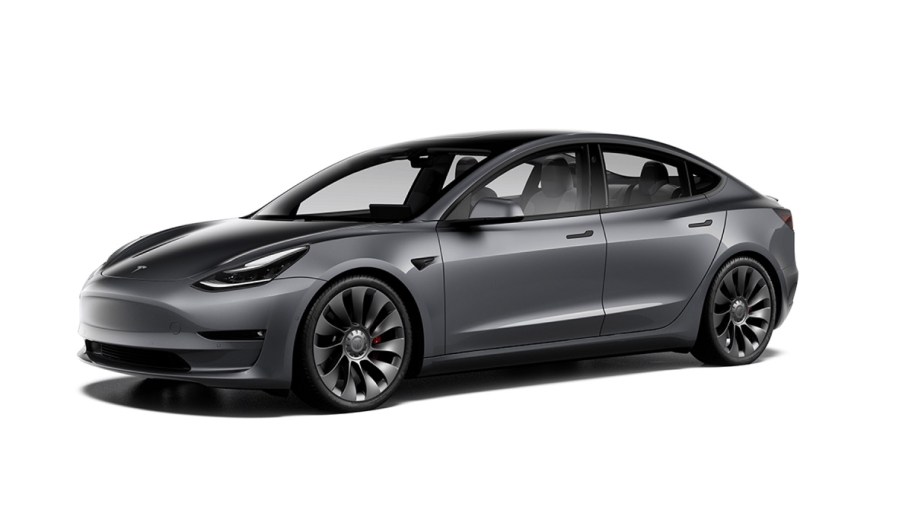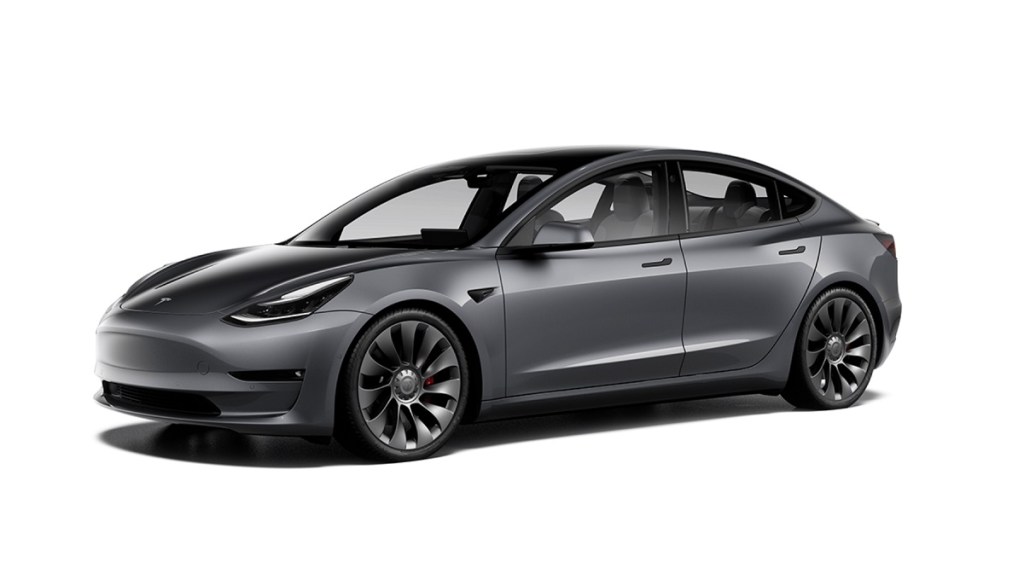
Tesla’s Table Salt Patent Could Be a Game Changer
Tesla is once again at the forefront of electric car technology. Tesla’s new patent incorporates new techniques that no one has seen before (or even really imagined). Tesla’s new patent involves using table salt to mine lithium for use in its batteries. Although lithium is already in use, this new technology is supposed to make it easier and cheaper to get the lithium necessary for Tesla’s batteries.

What is Tesla’s new patent all about?
Tesla has filed a patent detailing a new way to mine for the lithium necessary for batteries. The concept isn’t new; Tesla CEO Elon Musk first mentioned it at last year’s battery day. The details weren’t very clear then; all we knew was that it involved table salt.
At the time, Musk said, “We found that we can actually use table salt, sodium chloride, to basically extract the lithium from the ore. Nobody has done this before to the best of my knowledge.”
What does Tesla’s new patent say?
According to Electrek, which has gotten hold of Tesla’s new patent, there’s now more information. The patent is long and very detailed, but Electrek summed up the most important parts. Here’s an excerpt from the patent::
Lithium is a strategic metal for the lithium ion battery (LIB) and electric vehicle (EV) industry. Therefore, a means for economically extracting lithium from various lithium sources is important in order to reduce the cost of batteries and electric cars. The dominant lithium sources commonly used for mining are lithium brines due to the low cost associated with Li extraction from these brine sources. However, the ever-increasing demand for LIBs makes it necessary to explore other lithium sources.
Another method for Li extraction is to extract the Li from clay minerals. In this process, the lithium is obtained by acid leaching, where clay minerals are mixed with an aqueous solution of common mineral acids, such as H2SO4 or HCl, and then heated under atmospheric pressure to leach out the lithium contained in the clay minerals. This acid leach method not only leaches out lithium, but it also leaches out high concentrations of impurities including Na, K, Fe, Al, Ca, and Mg. High lithium loss from the subsequent removal of the impurity elements, especially Al removal, may significantly lower the overall lithium extraction efficiency. Furthermore, high acid consumption and complicated leach solution purification methods also make the overall extraction process less cost-effective and not environmentally friendly.
What does this mean for Tesla?
The Senior Vice President of engineering at Tesla claims that this new mining process would save Tesla 33%. Hopefully this cost savings would be passed on to customers. Increasing access to electric cars is only good for the environment.
Tesla has already purchased 10,000 acres of land in Nevada where it plans to mine lithium.
If Tesla has found a way to improve lithium extraction while cutting costs, that could be huge for electric vehicles. Obviously, it will initially benefit Tesla, but it will likely expand to improve battery production for other car manufacturers as well.


